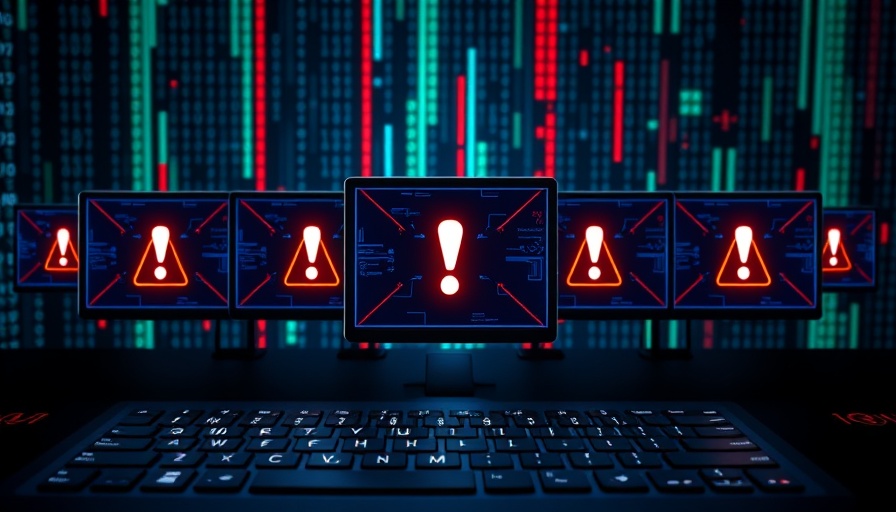
Phishing Attacks: The Evolving Threat Landscape
Voice phishing, or vishing, has become increasingly sophisticated, posing a significant threat to organizations across various sectors, including tech giants like Cisco. This recent incident exemplifies the vulnerabilities that even industry leaders face in the digital age. Voice phishers bypass traditional security measures by exploiting human trust, leading to successful breaches that compromise sensitive data.
The Cisco Incident: What Happened?
Cisco confirmed that a representative fell victim to a voice phishing scheme, resulting in the unauthorized download of account profile data from a third-party customer relationship management (CRM) platform. While the breached information included names, email addresses, and organization details, Cisco assured its users that confidential and proprietary data was not compromised. This highlights an essential takeaway: even when sensitive information remains secure, the exposure of identifiable data can still lead to significant repercussions for both users and companies.
Understanding Voice Phishing Tactics
What makes this type of phishing particularly alarming is the attackers' ability to present themselves as trusted entities. Utilizing multi-channel approaches—encompassing email, voice calls, and text messages—phishers leverage social engineering tactics to gather information or trick targets into divulging personal details. By mirroring legitimate authentication processes, these criminals effectively manipulate users into compliance.
Defending Against Voice Phishing: The Importance of FIDO
The implementation of multi-factor authentication (MFA), specifically solutions compliant with the Fast Identity Online (FIDO) standards, offers a robust defense against voice phishing. FIDO MFA binds cryptographic keys to the domain name of the service, making it extremely difficult for attackers to spoof login pages. Additionally, this method requires a physical device for authentication, ensuring that even if an attacker manages to acquire a user’s credentials, they would still need access to the user's device to succeed.
The Bigger Picture: Cybersecurity Trends to Watch in 2025
As we look ahead to cybersecurity trends in 2025, the role of artificial intelligence (AI) in thwarting these threats will be paramount. Cybersecurity AI solutions are increasingly becoming essential tools for organizations, with innovations in AI-powered fraud detection and machine learning algorithms enhancing threat detection capabilities. Notably, AI can analyze vast amounts of data in real-time, enabling proactive measures against potential breaches.
Conclusion: Strengthening Our Cyber Defense
In light of the recent Cisco vishing incident, it’s crucial for organizations to reassess their cybersecurity strategies. By embracing technological advancements such as AI and FIDO-compliant MFA, companies can fortify their defenses against emerging threats. As phishing continues to evolve, staying informed and adaptable will be key in minimizing risks and protecting valuable data.
 Add Row
Add Row  Add
Add 




Write A Comment